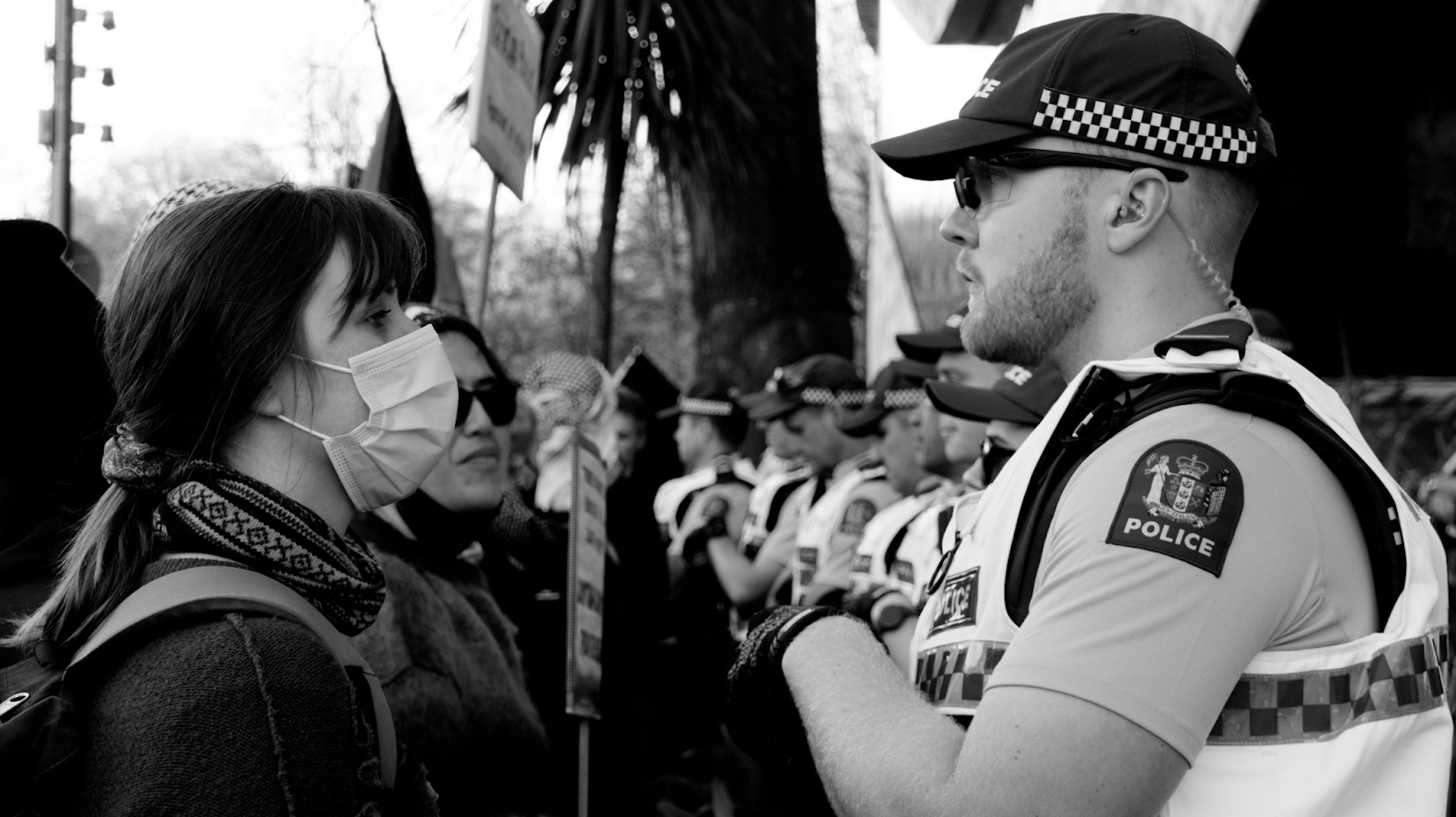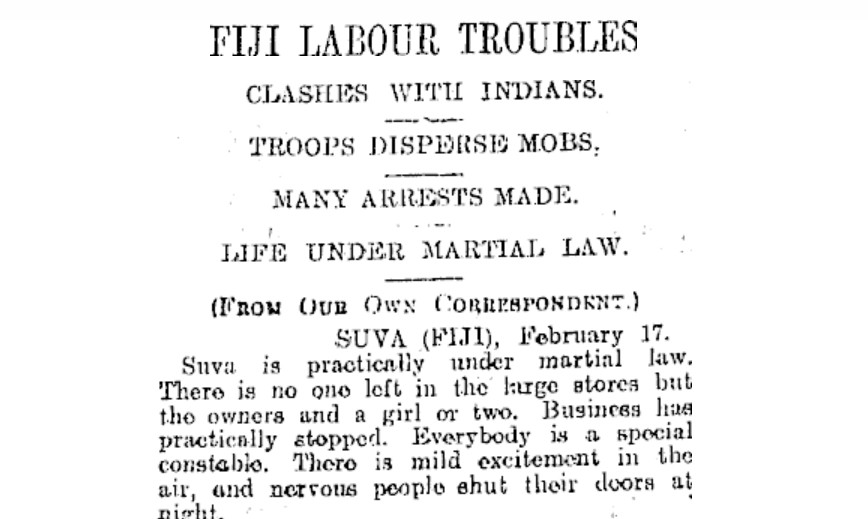The Australian government of 1972-75 stands out as one of the most successful reforming governments in history, comparable perhaps to the first Labour government here in Aotearoa or Roosevelt’s ‘New Deal’ in the United States. Led by Gough Whitlam, the Australian Labor Party (ALP) introduced significant reforms, including free tertiary education, increased pensions and healthcare funding, brought troops home from Vietnam and ended the racist ‘White Australia’ policy. Part-way through its second term however, it was thrown out by the Governor-General and the Liberal Party in what can only be called a legal coup.
Immediately after entering office, the Whitlam government set about business. They ended the draft after just 30 minutes in government, intervened to support equal pay for women, dropped sales tax on contraceptives, banned sports teams from apartheid South Africa and took steps to support Aboriginal land rights and culture.
But in spite of heading perhaps the most progressive Labor government in Australia’s history, Gough Whitlam came not from the left but the right-wing of the ALP. He cut his teeth campaigning for “modernisation” of the party and a reduction in the influence of unions. He wanted a more respectable, middle-class party with a media friendly image: more suits and less socialism. Under his leadership the party tacked to the right on Vietnam and he intervened to remove the left-wing leadership of the ALP’s Victorian branch.
What drove the Whitlam government’s reform programme forward was the high tide of class struggle and protest during the 1960s and 1970s. In Australia, as elsewhere, the end of the 1960s had unleashed a tidal wave of struggle. The anti-war movement and movements for colonial liberation around the globe helped to inspire renewed struggles for black liberation and Aboriginal land rights, women’s, and gay liberation. In Australia, the anti-war “moratorium” marches in 1969 drew more than 200,000 into the streets, placing huge pressure on the Labor Party – particularly as many unions were staunchly opposed to the war.
Also underpinning the reforms were the profits of the “long boom”. For almost a quarter of a century since WWII global capitalism had been growing rapidly, during which period recessions were few and short-lived. For a time it seemed as if capitalism really could be reformed. But the crunch came when recession swept the world’s economies in 1974. As the budget deficit grew, business groups, the media and the Liberal Party called more and more loudly for cutbacks.
Whitlam obliged and threw the reform programme into reverse. The government slashed spending and raised taxes in its 1975 budget. Grants were handed out to failing manufacturers while little else was done to save jobs. Election pledges on child care and abortion rights were cancelled. However, what the ALP couldn’t do was curb working-class militancy sufficiently to satisfy the capitalists. A proposal giving the government power to freeze wages was defeated by the unions in 1973 and strike numbers continued to rise, peaking the next year. As the economic crisis deepened Whitlam was unable to move fast enough to keep the ruling class happy. On 11 November 1975 the Governor-General intervened, dismissing the government and placing the pro-business Liberal Party in power.
The experience of being so unceremoniously booted from power further strengthened the Labor right and weakened the left. The Australian Council of Trades Unions and future ALP Prime Minister Bob Hawke appealed for calm during the following election, saying “We must not substitute anarchy in the streets for the processes of democracy.” The Labor Party as a whole drew the conclusion that to return to government they must maintain the confidence of the employer class and the next Labor government (from 1983-96) was marked by cuts to corporate tax while unemployment increased to 11 percent.
The history of the Whitlam government shows that politics – like the economy – is dynamic and doesn’t follow a pre-ordained or predictable trajectory. Without the struggles of the late-60s and 70s it is doubtful that Whitlam or the Australian Labor Party would have had quite the same appetite for reform, and the story of the Whitlam government – and the Australian working class – may have been quite different.









